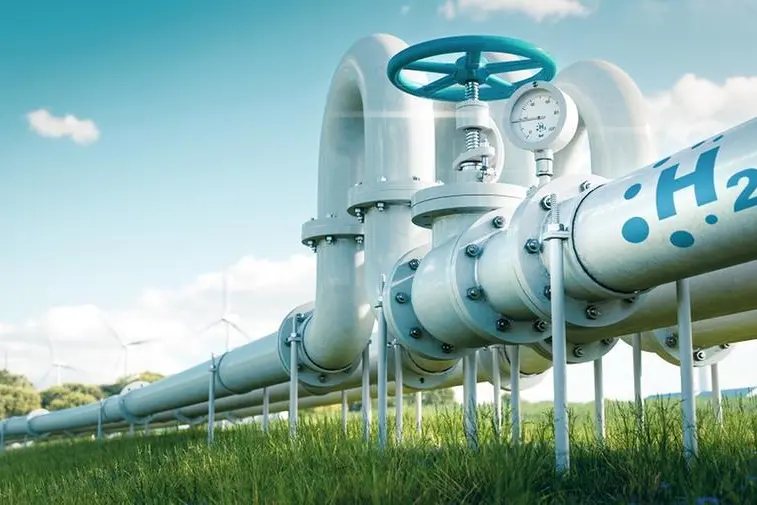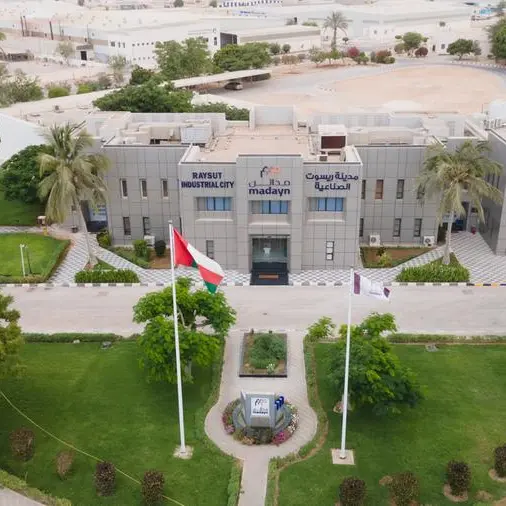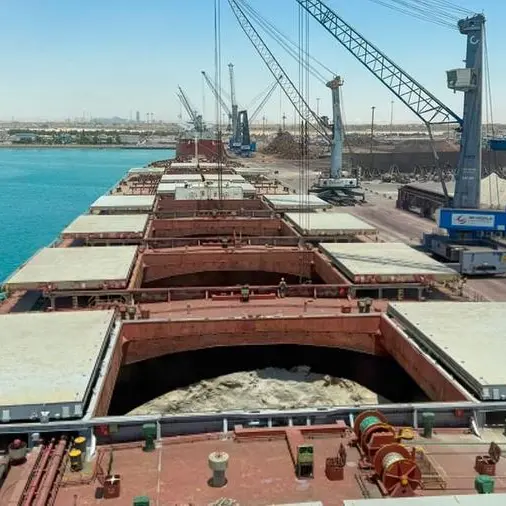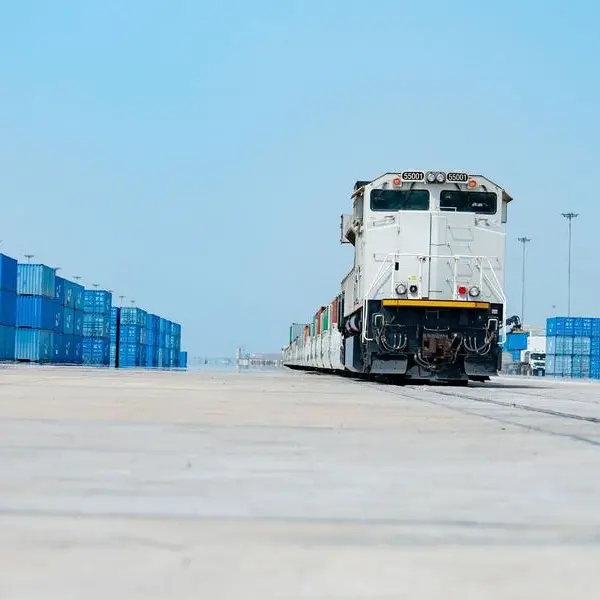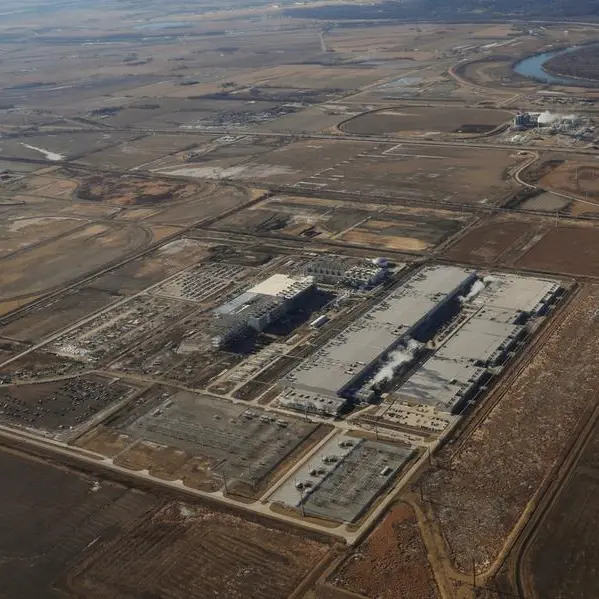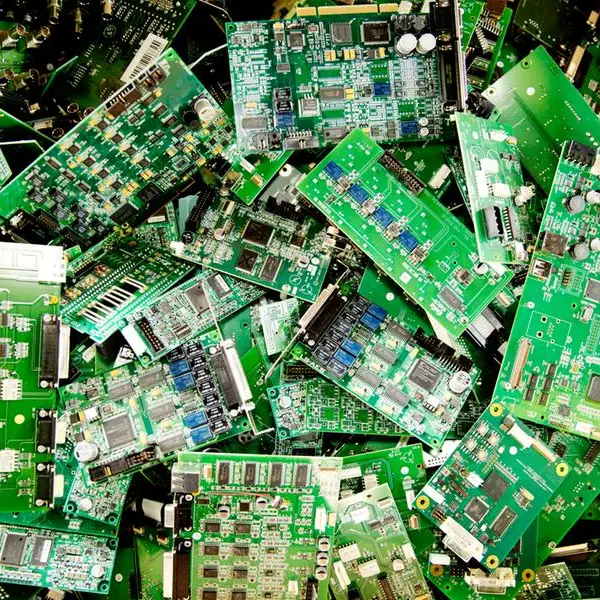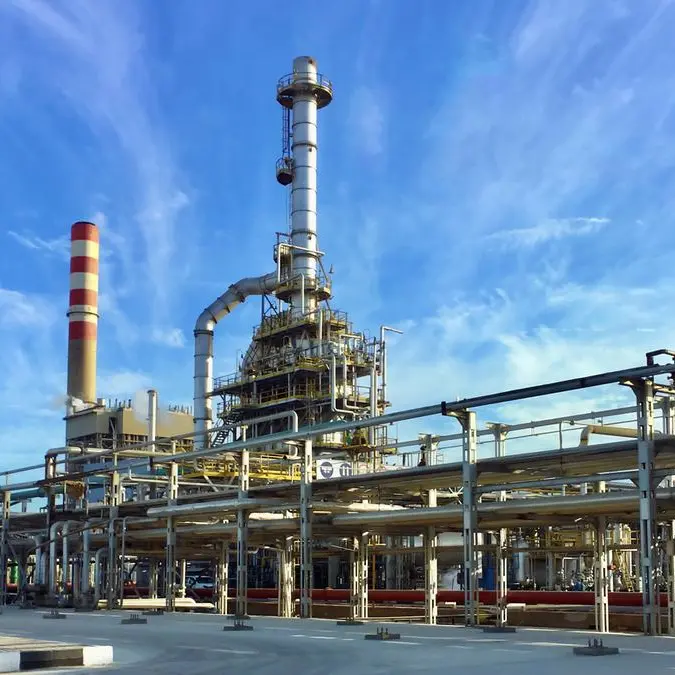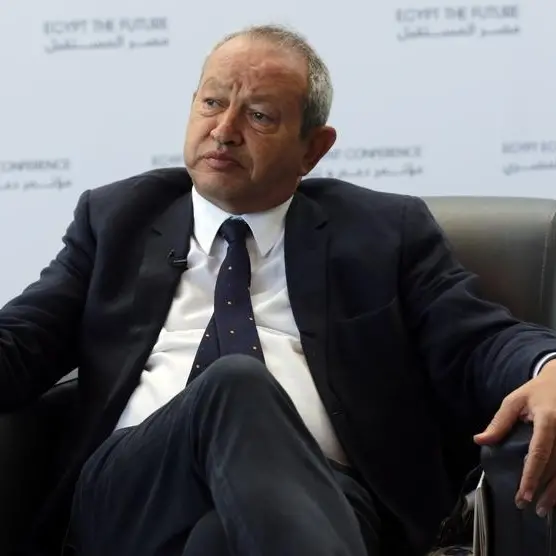PHOTO
Rendering of a hydrogen pipeline illustrating the transformation of the energy sector
The Middle East and North Africa (MENA) region is expected to see a massive acceleration in capacities for solar, wind and green molecules in the coming years, the chief executive of Dii Desert Energy said.
"Our database now lists concrete hydrogen projects with a capacity of over 20 gigawatts (GW). In the medium term, an expansion towards 100 GW can be expected,” said Cornelius Matthes.
Speaking to journalists on the side lines of the Dii Desert Energy Leadership Summit currently underway in Cairo, Egypt, he said, “the region produces solar energy at 1-2 cents per Kilowatt hour (Kwh) and wind energy at 1.5 to 3 cents per kwh,” offering significant cost competitiveness.
Katherina Reiche, Chair of the National Hydrogen Council of the German government and Chair of the Board of Westenergie AG, said the US’ largest climate investment programme that envisages $369 billion investment over 10 years could bring down costs of hydrogen production down to $1 per kg by 2025 pressurising other countries to respond.
“If Germany and Europe do not want to fall behind, this will only be possible if the cost advantages of the MENA region in solar and wind energy are used,” she said speaking at the press conference.
Matthes said,” Egypt can become the filling station of the world. Twenty four of the 61 hydrogen projects announced are in Egypt. Oman and Morocco could add projects more than the size their entire energy system today.”
In September, Zawya Projects had reported that Middle East is the third largest recipient of global hydrogen investments announced through 2030.
Matthes said Dii is working on accelerating the implementation of hydrogen infrastructure in the region noting that the transport infrastructure for ammonia is already in place.
"Millions of tonnes of ammonia are shipped every year today. So, nothing needs to be reinvented or developed to move fertiliser production forward with a 'green' raw material”.
Climate-neutral ammonia could play an important role as a raw material for the chemical and fertiliser industries in the near future and Egypt, as Africa's largest producer, will play a key role here, he said.
Europe-Africa pipeline projects
Reiche said more time will be needed to develop the transport infrastructure for hydrogen.
“In the western Mediterranean, there are already several gas pipelines that can also be used to transport hydrogen. About 85 percent of the existing infrastructure can be used. In addition, similar infrastructure projects for the development of hydrogen are currently being discussed in the eastern Mediterranean region.”
Infrastructure needed to produce, transport and store hydrogen at scale, efficiently and cost effectively, does not exist today, according to an August 2021 Zawya Projects report.
Explaining the first outline for a hydrogen backbone infrastructure between Europe and North Africa, Reiche said “an existing gas infrastructure from Algeria and Morocco could be converted to a hydrogen pipeline. A new hydrogen pipeline must be realised from Italy to Greece crossing the Mediterranean Sea to Egypt, which could eventually be extended to the Middle East.”
Andreas Beckers, Country CEO and Executive Board Member, thyssenkrupp Uhde Egypt said German companies will play an important role in the development of the hydrogen infrastructure, not only as buyers but also as suppliers of high-quality technology.
Flexible approach to standards
Matthes and Reiche both stressed on the need for a flexible approach towards certifications and standards until green hydrogen production is ramped up to a certain scale.
The permissible limit in Europe is 3 kgs of carbon dioxide per kilogramme of hydrogen and technologies such as carbon capture can be deployed in the region, they said.
“We are now beyond the colour debate and MENA will be a big supplier of ‘carbon free’ energy,” said Matthes.
To a question posed by Zawya on how climate conscious countries or customers are going to deal with standards, certifications and criteria regarding the origin of the energy, Reiche said too many criteria will block the development of the industry. “We should be flexible in the beginning until clarity emerges on technology and offtake. It’s a work in progress.”
Green hydrogen projects in MENA have announced plans to use grid connected non-renewable electricity in initial phases. In June, Zawya Projects had reported that NEOM will initially be powered by up to 50 percent grid-connected energy from non-renewable sources.
In Oman, state-owned utility Marafiq said it will supply electricity to ACME’s green hydrogen plant during non-solar hours.
(Reporting by Sowmya Sundar; Editing by Anoop Menon)
